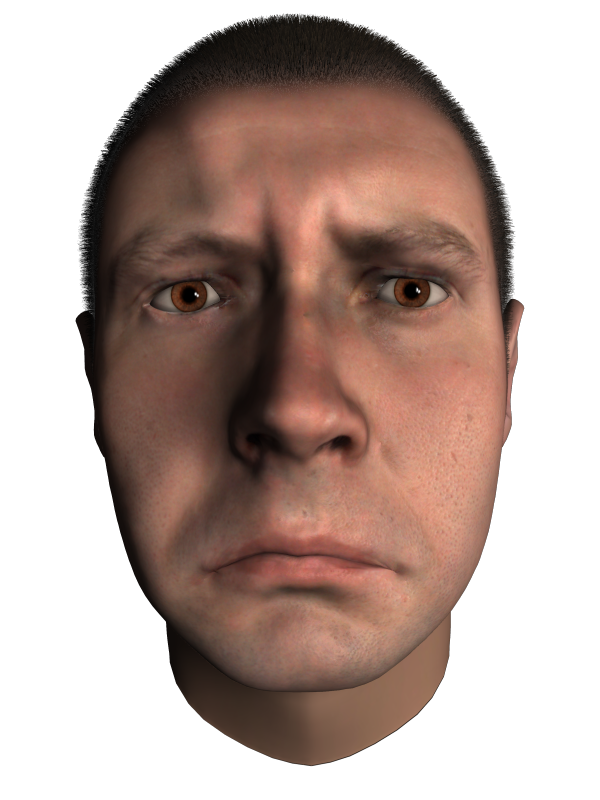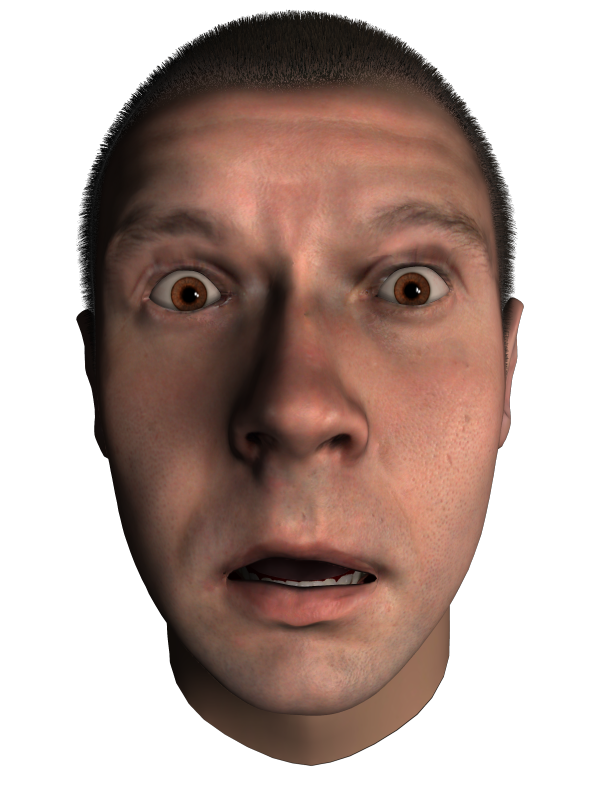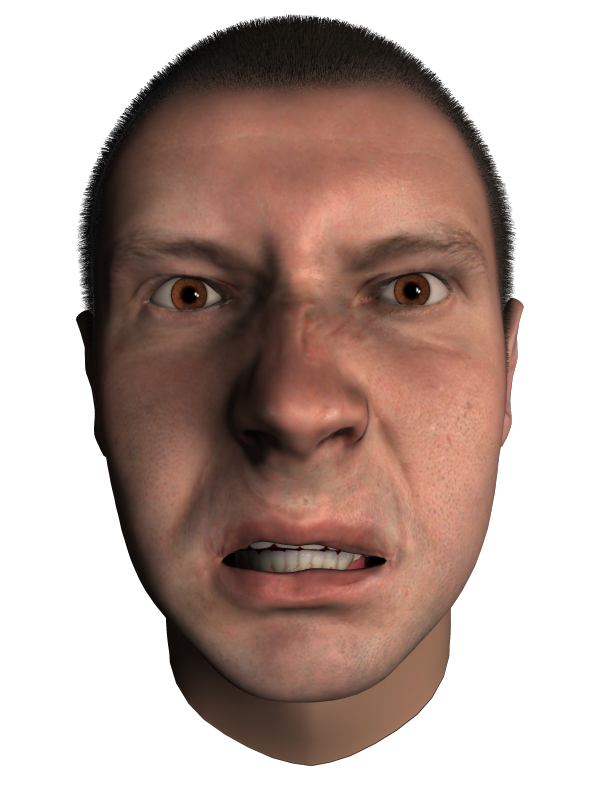It would help if you could smile
 ... how human facial expressions communicate complex emotion information
... how human facial expressions communicate complex emotion information
If you use online dating, you might be concerned about what facial features put you off the most about a potential date? You'll know what a competitive business, it can be.
Perhaps you've read all about how to get best results - for example, it's often suggested to get more swipes, pose with pets, wear something bright - and make sure you show a variety of pictures.
But what about looks? We can't all be supermodels, but we can put a little bit of thought into the emotion we convey with our facial expression. After all, it's fundamental to biology.
Every person’s eyes, nose, cheeks and mouth, despite there being seven billion of us - are uniquely individual. New research shows that the emotion information transmitted by facial expressions appears to be just as diverse, rich, and complex as our faces. Clearly this level of variety gives an indication of just how complex and important emotional communication is - in addition to verbal and intonation.
From happiness to sadness, fear to anger, human facial expressions can communicate myriad emotion messages, and without the need for words. But until now, scientists have not fully understood how something as simple as a raised brow or an upturned lip can communicate such complex emotion information.
Communicating multiple signals
 The new study, led by the University of Glasgow and published in Current Biology, has investigated how facial expressions can communicate complex combinations of broad and specific emotion information. Researchers found that different facial movements such as a lowered brow or gaping mouth can jointly communicate both broad and specific emotion information as multiplexed signals, or those signals that can convey two types of information.
The new study, led by the University of Glasgow and published in Current Biology, has investigated how facial expressions can communicate complex combinations of broad and specific emotion information. Researchers found that different facial movements such as a lowered brow or gaping mouth can jointly communicate both broad and specific emotion information as multiplexed signals, or those signals that can convey two types of information.
Representing happy, surprise, fear, disgust, anger and sad
Using a state-of-the art computer graphics platform developed at the University of Glasgow, the research team showed participants a wide range of different facial expressions and asked them to decide whether each represented one of the classic six emotion categories: happy, surprise, fear, disgust, anger and sad, and to rate it as negative or positive and how activated the person feels (i.e., calm and content versus delighted or excited).  Using new analysis tools, the researchers then disentangled which facial movements—such as lowered brow, wrinkled nose, or stretched mouth—can convey both broad information (e.g., whether the emotion is positive or negative) and the specific emotional category (e.g., happy or sad), and which facial movements can convey only one type of information.
Using new analysis tools, the researchers then disentangled which facial movements—such as lowered brow, wrinkled nose, or stretched mouth—can convey both broad information (e.g., whether the emotion is positive or negative) and the specific emotional category (e.g., happy or sad), and which facial movements can convey only one type of information.
Implications for robot design
Professor Rachael Jack, of the University of Glasgow’s School of Psychology & Neuroscience, senior author of the study said: “This research addresses the fundamental question of how facial expressions achieve the complex signalling task of communicating emotion messages. Using computer generated faces combined with subjective human perceptual responses and novel analytical tools, we show that facial expressions can communicate complex combinations of emotion information via multiplexed facial signals.
“These results advance our fundamental understanding of the system of human communication with direct implications for the design of socially interactive AI, including social robots and digital avatars to enhance their social signalling capabilities.”
Implications for facial surgeons
This research is also critical for surgeons who conduct facial reconstruction following trauma.
As Consultant Plastic & Reconstructive Surgeon Mr William Townley explains, disorders of the facial nerve are socially and functionally debilitating. The facial nerve powers the muscles that are responsible for essential emotional expressions such as smiling as well as basic functions including, eating, speech and eye closure. Facial nerve injuries can therefore be devastating, leading to significant disfigurement and impaired function. In particular, the inability to smile – basic functions such as eating, non-verbal communication and social interaction can have an appalling effect on quality of life.



